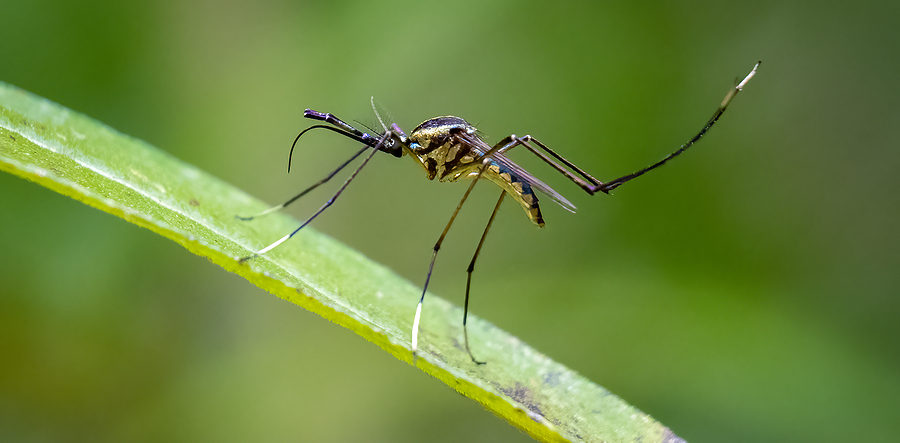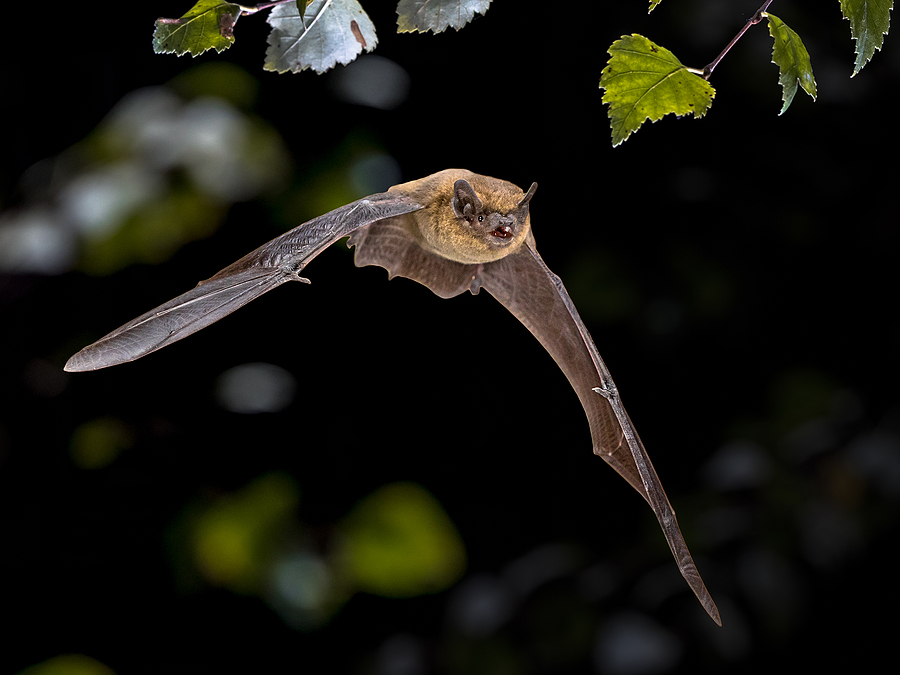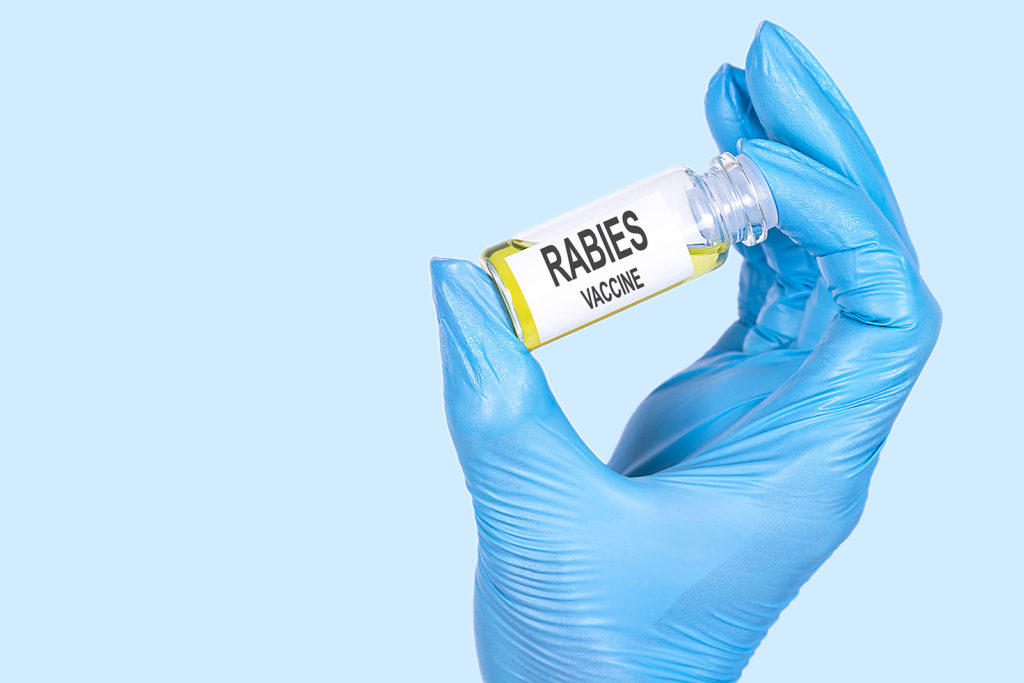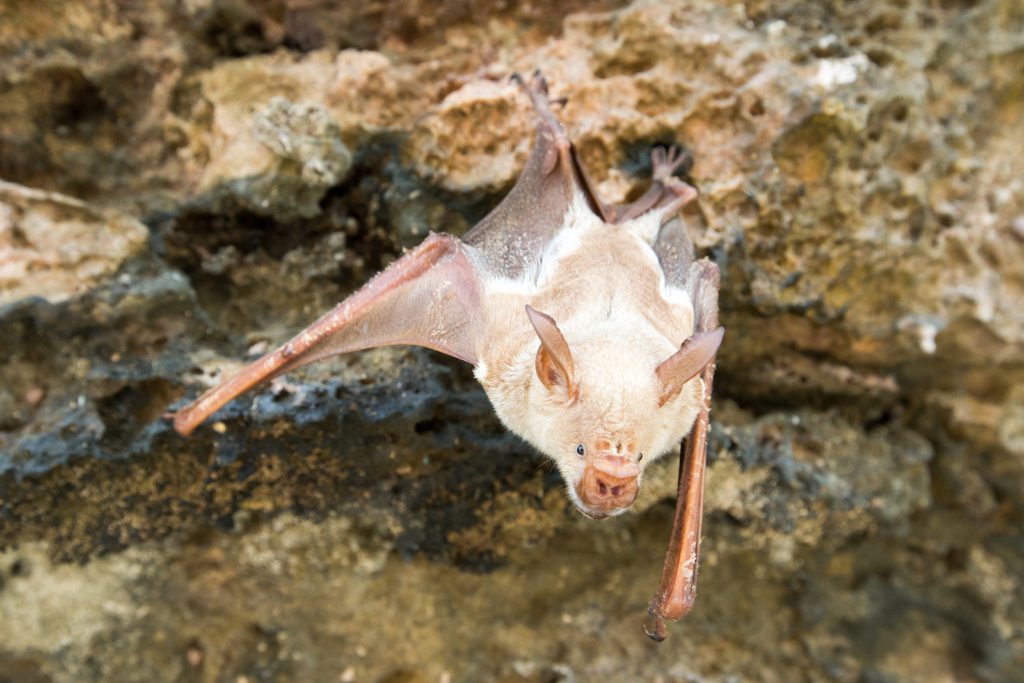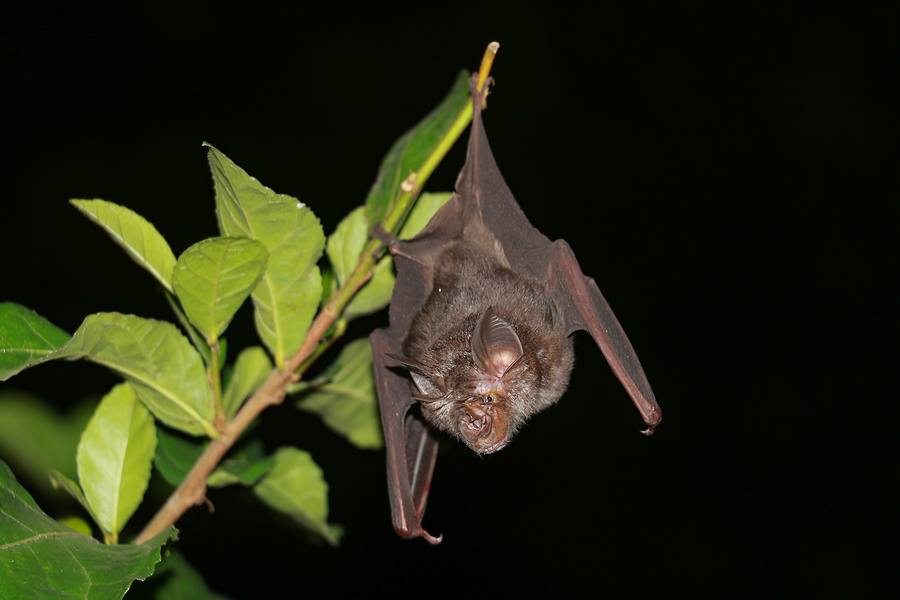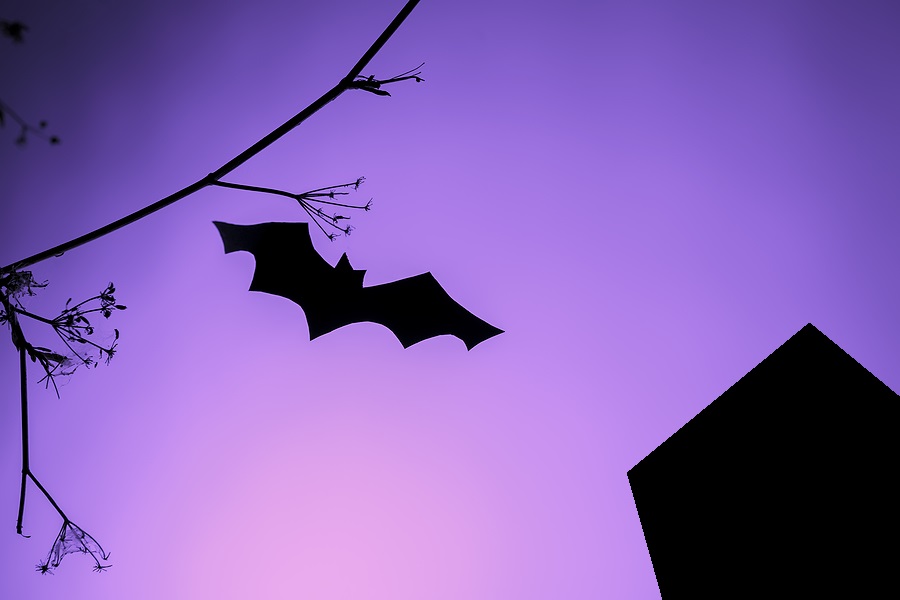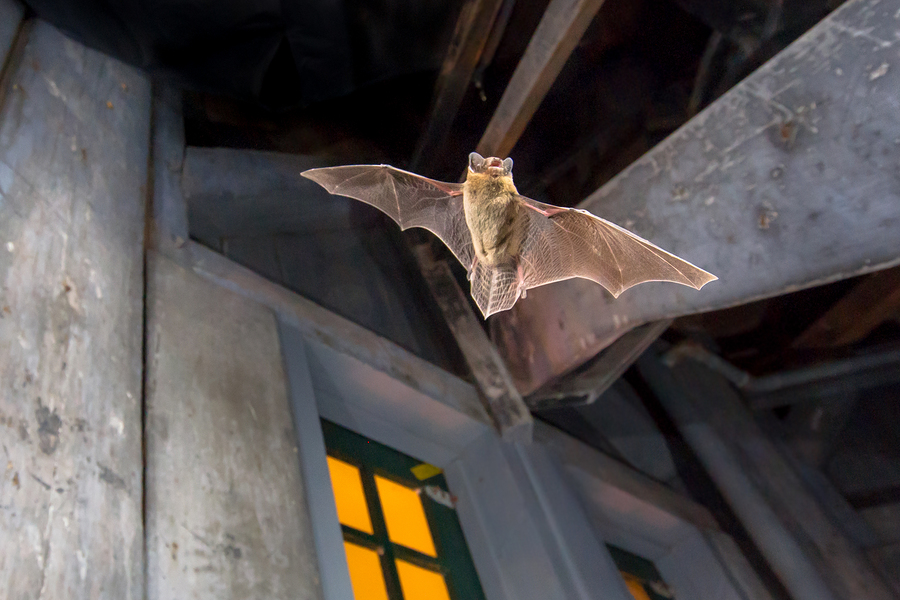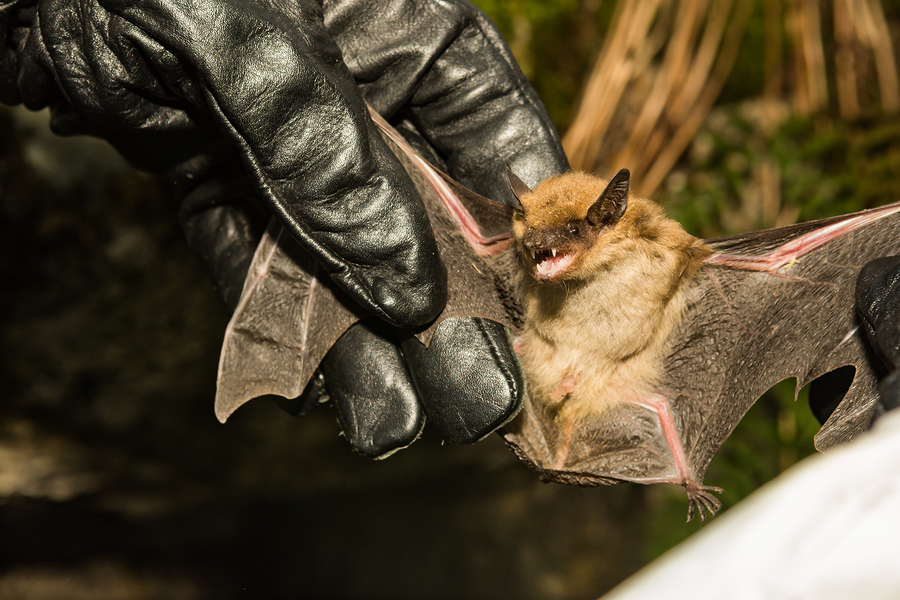Bats are tiny, so tiny, they can squeeze through an opening as small as 3/8th of an inch. That is similar to the width of a nickel! Common access points for bats include loose roof shingles, rotted siding, crumbling mortar, torn screens, damaged weatherproofing, thin layers of insulation, cracks in foundation, broken skylights, missing chimney caps, and similar structural vulnerabilities. All of this means that bats can easily find a way into our homes and structures if entry points like this exist. If you are concerned that you might have bats in the attic, or a bat in the house, it is important that you confirm it and resolve it as soon as possible.
Continue reading to learn the common signs to look for as you inspect your property, and how to get rid of bats safely.

Bat Control is Important for Protecting Your Home and Loved Ones
It is important to consult with a licensed and insured Indianapolis bat control company to have your home inspected for possible structural vulnerabilities, as well as any contributing environmental factors that might attract nuisance wildlife to your home. Not only can a wildlife removal and control team abate nuisance wildlife, but they can also protect your property from animal damages and threats.
In the meantime, here are the top signs to look for during your inspection:
▷ Bat Droppings
One of the most common signs of bat activity around the house is bat guano. Bat droppings are often confused for rodent droppings, but if you find them around windowsills, door ledges, or in insulation, you can safely assume it belongs to bats.
▷ Grease and Oil Stains
Bat fur retains a natural oil that can leave behind dark stains around the edges of their entry points. If you find holes or openings with oil-like stains around the borders, it could be a bat opening. Look for these stains on window frames, door frames, walls, siding, cement, concrete, wood, and rafters.
▷ Strange Sounds
When bats are around and awake, you can hear them. Typical bat sounds include chirping, chattering, squeaking, squealing, fluttering, and bustling. These are commonly heard through walls or in the ceiling, but can also be heard from outside.
▷ Foul Odors
When bats occupy an interior area of a home for too long, their droppings can seep through rafters, floorboards, insulation, ceilings, walls, and eventually into the living areas of the home. This permeation can leave unsightly stains on the walls and ceilings, and cause lingering orders.
What to Do if You Spot Bats
If you actually see bats around dusk swooping in and out of your chimney or other area of your home, you can safely assume you have nuisance bats in close proximity. However, your home might not be a target just yet. Be sure to contact a wildlife control expert as soon as possible for help.
Are you ready to take control of your nuisance bat problem in Indiana? Contact us at 317-257-2290 for professional and prompt Indianapolis IN bat removal services you can trust. We serve residential and commercial clients.
You Should Also Read:
Where to Get Help With Your Bat Infestation Insurance Claim
How to Look for Bats in the Attic
Here’s Why You Have a Bat Problem on Your Property

